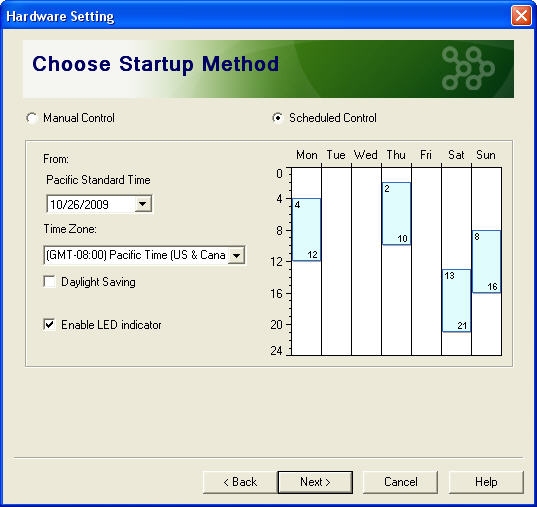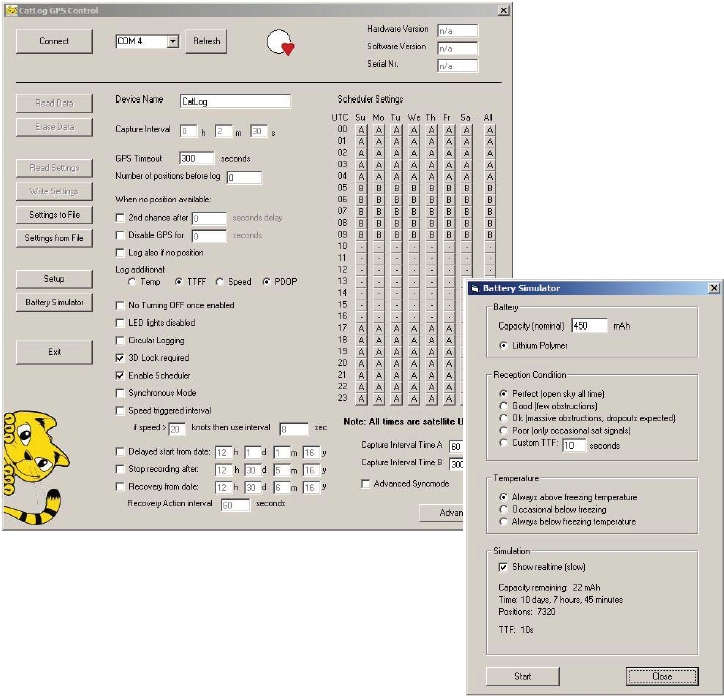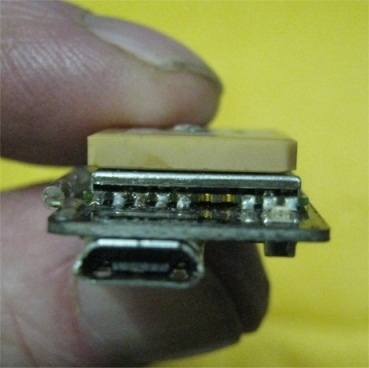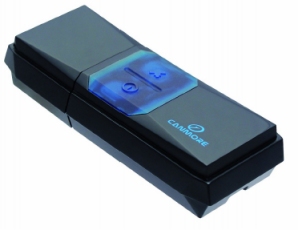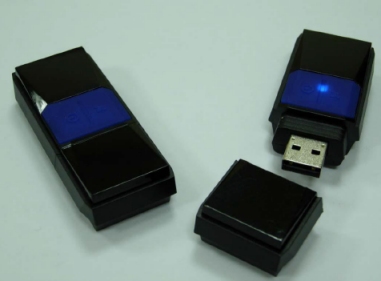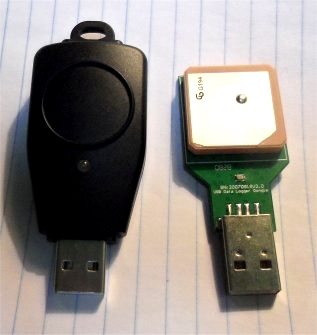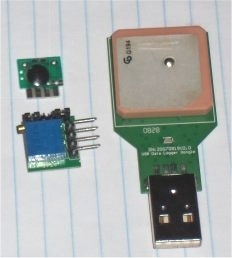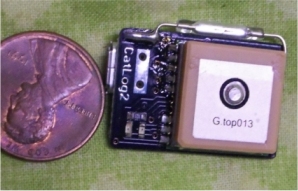This is the Canmore GT-740FL GPS Data Logger. It has a USB rechargable battery and only 2 buttons. It is configurable using software and is, as far as I can tell, water resistant by way of a sealed housing and rubber O-ring.
This GPS is advertized as the "SportsBook", geared toward joggers and runners, but is evidently sensitive enough (SiRF Chipset), that it is also promoted as a tracking device that can be put in a car's glove compartment or in a briefcase and still work.
I use this GPS to record my own travels as I track my study turtles. It is configured to record a position every 3 seconds, and I usually download the route data every week or so. It works well inside the front pocket of my pack, and costs about $40.00 new on Ebay.
This GPS is small enough and light enough to be attached to an adult Box turtle to record daily travels, although the shape of the case is not ideal. The greatest feature that makes this GPS good for turtle tracking is that it has an internal motion detector which puts the recorder in "sleep" mode after it has not moved for 5 minutes. The small rechargable battery should power the logger a very long time before having to be re-charged, due to the amount of time a Box turtle stays in a form each day.
Canmore GT-740FL GPS Data Logger 1500 hours standby time; G-Sensor; 256K waypoints, 15g
FEATURES
48 track verification channels
SIRF-IV low power chipset
Accuracy 2.5m CEP
Water resistant up to IPX6
2M Bytes flash memory for data logging
stores up to 256K data records
Data tag (start, stop point) can be set by user
Ultra low power consumption: over 17/56 hours continuous
Built-in G-sensor with stand-by mode for 1500hours
Dimension: 70mm x 30 x 16mm
